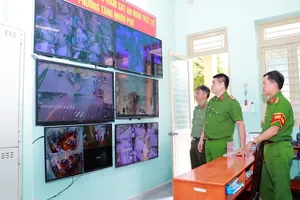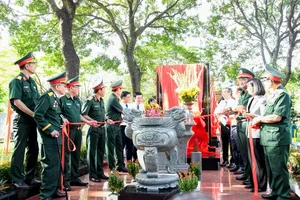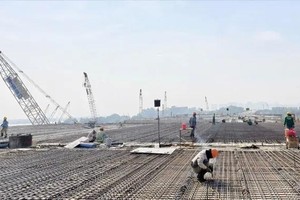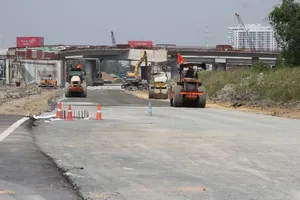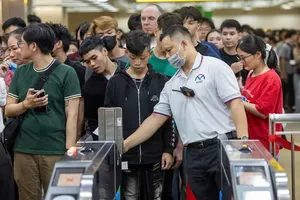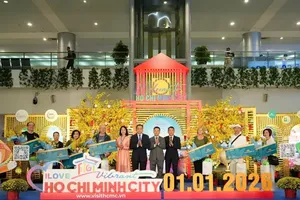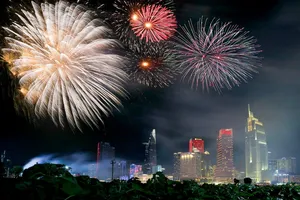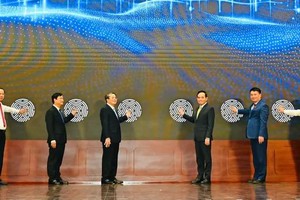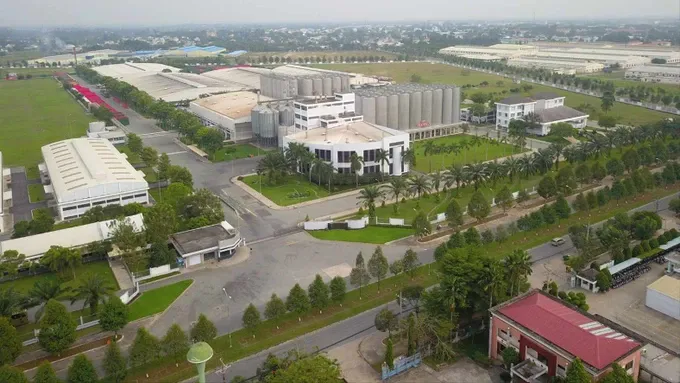
HCMC has set a target of attracting US$550 million in investment to industrial zones in 2024. While the city was able to attract nearly $272 million in the first six months, equating to 49.45 percent of the annual target, there remains a significant gap between supply and demand.
Despite having 73 hectares of ready-to-use industrial land, only over 5 hectares were leased in the first half of the year. The reason for this is that the available land is fragmented and not contiguous, making it unsuitable for large-scale projects, especially those requiring significant infrastructure investment such as green and digital transformation projects.
Recognizing the limitations of the current land supply that dissatisfy the requirements of several major investors, the HCMC Export Processing and Industrial Zones Authority (Hepza) has repeatedly proposed expanding industrial land, but these proposals have yet to be fully implemented.
While Hepza has identified 11 potential land areas totaling approximately 4,127 hectares for inclusion in the industrial land planning, the process has been slow. Deputy Director of Hepza Tran Viet Ha noted that the National Assembly’s Resolution 98, which prioritizes investment in key projects, often requires large land parcels that existing industrial zones cannot provide.
Sharing the same view, Chairman Dao Xuan Duc of Hepza Businesses Association (HBA) admitted limitations in industrial land resources as the city’s weakness in attracting investments. Fragmented land lots of 5 to 10 hectares cannot catch the attention of investors.
Additionally, several industrial zones, such as the expanded Northwest Cu Chi , Vinh Loc, Le Minh Xuan, and Hiep Phuoc Phase 3, have faced delays due to legal, land clearance, and other issues.
For instance, in Hiep Phuoc Industrial Park – Phase 3, the government has not yet determined the land lease price, preventing businesses from obtaining land use right certificates for borrowing bank money, hindering their own expansion. The unexploited land area in this industrial park is about 500ha.
Experts and investors emphasize the urgent need for HCMC to review and expand its industrial land planning. Beyond increasing land supply, the city must accelerate the development of approved industrial zones, address the challenges faced by existing zones, and facilitate land clearance procedures.
In early May 2023, the Prime Minister approved the addition of two new industrial zones, Pham Van Hai I and II, with a total surface area of 668 hectares, to HCMC's industrial zone development plan. These zones are expected to be easier to develop as they primarily consist of agricultural land. They have been wholeheartedly welcomed as industrial park infrastructure investors have continuously sent documents to register for investment projects.
This is a positive signal, and also shows the "thirst" for industrial land in HCMC. According to the plan, the city will bid to select investors according to regulations and is expected to start construction of industrial park infrastructure in the second quarter of 2025.
However, even with these additions, it will take several years for the new industrial zones to be ready for operation. Experts warn that delays in developing these zones will result in HCMC losing out on investment opportunities.
To address the limited land supply, some investors have suggested developing high-rise factories. This model has been successfully implemented in HCMC before, initially with eight-story factories in Tan Thuan Export Processing Zone in 2015 and then similar structures in Linh Trung Export Processing Zone, Tan Phu Trung Industrial Park.
The Management Board of Saigon Hi-tech Park (SHTP) has lately proposed that the HCMC People’s Committee consider and allow SHTP to construct high-rise factories on its two plots to attract small and medium-sized hi-tech investors. This proposal was made in the context of limited land fund in the Park.
In Particular, SHTP now has a total of 113,000 square meters of ready-to-use factory space, 100,000 square meters of which have already been leased to 28 hi-tech projects with a combined investment of $279 million. The remaining space is only sufficient for 3-4 more projects based on the current average project size of 3,500 square meters.
While SHTP focuses on attracting large-scale strategic investors, there is also a need to accommodate smaller and medium-sized hi-tech projects. Its Management Board suggests building high-rise factories for lease. This would provide a more flexible and efficient solution for smaller companies, allowing them to quickly set up operations without the need for extensive upfront investment.
